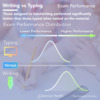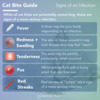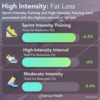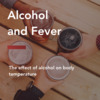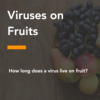COVID-19
Can children get it at school?
Statistics on Children and COVID-19
Globally, around 1 to 3% of all COVID-19 cases are found in children. Children for some reason may be less likely to get to COVID-19 and also may be less likely to show symptoms. They account for only a minimal amount of deaths.
Of note, because children are less likely to get serious symptoms, it is possible that we may be underestimating the number of cases in children due to potential under-testing.

"Children and adolescents account for 1% to 3% of reported coronavirus disease 2019 (COVID-19) cases across countries and an even smaller proportion of severe cases and deaths. Children appear more likely to have asymptomatic infection than adults, and analyses based on symptom-based series underestimate infections in children. "
COVID-19: Children vs. Adults











"In this meta-analysis, there is preliminary evidence that children and adolescents have lower susceptibility to SARS-CoV-2, with an odds ratio of 0.56 for being an infected contact compared with adults. "
Summary: COVID-19 Risks at Schools








